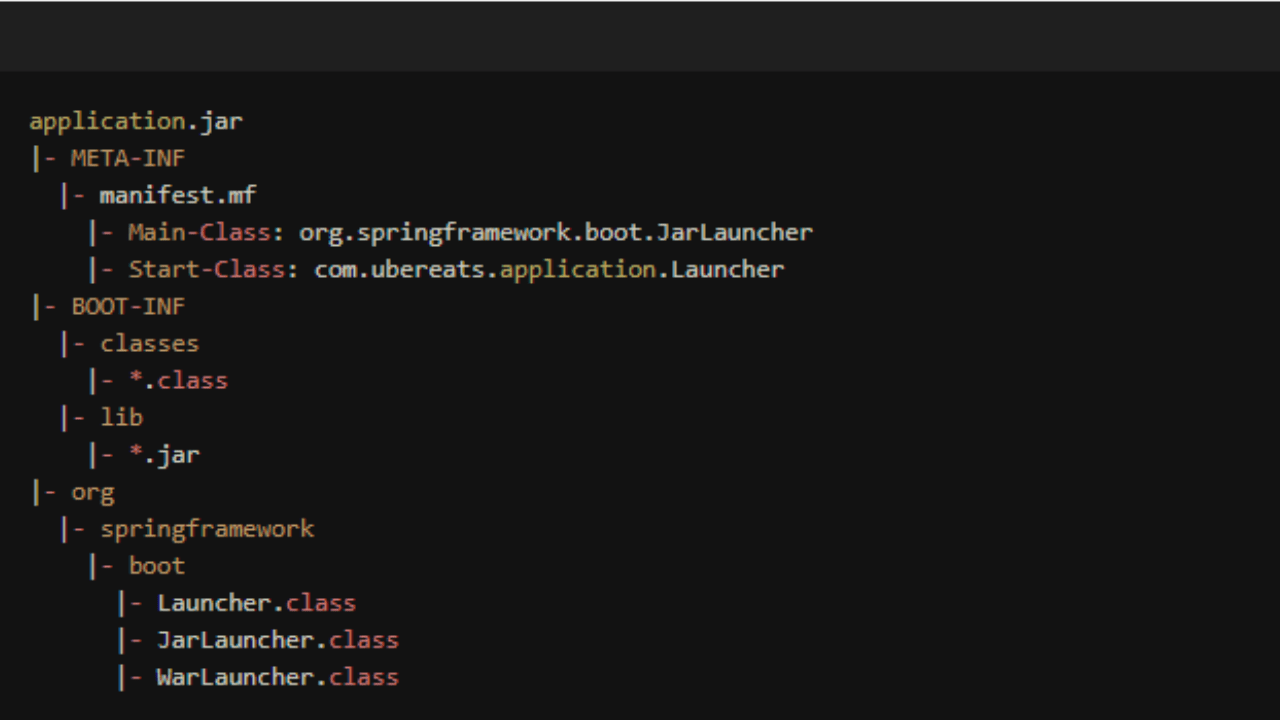Introduction
When distributing a Spring Boot Java application, mastering the deployment process is essential. Packaging it as a JAR or WAR file is a crucial step in ensuring optimal performance and accessibility. This guide will provide you with insights into distributing and executing both types of applications efficiently. Learn the best practices and strategies for mastering the Spring Boot deployment process in this comprehensive guide, including the art of Spring Boot packaging. Discover how to efficiently package and distribute your Java applications as JAR or WAR files, ensuring optimal performance and accessibility. Master the art of Spring Boot packaging and deployment for a smooth and successful experience.
Table of Contents
1. Distributing and Executing a JAR Library Application
To distribute and run a JAR library application, follow these steps:
1.1 Setting the Classpath
Set the classpath to include the JAR file you want to run and its dependent JARs. Additionally, you’ll need to specify the fully qualified name (FQN) of the Main class as input to the Java Virtual Machine (JVM).
java -cp ubereats.jar;mysql-connector-java-8.0.2.jar;
log4j-1.2.jar;commons-bean-utils-1.0.1.jar com.ubereats.application.Launcher1.2 Challenges with JAR Library Applications
- End users may struggle to identify the required dependencies and their versions.
- Users need to know the FQN of the Main class.
- Manually setting the classpath and running commands can be tedious.
Conclusion: Distributing Java applications as JAR libraries has limitations due to these challenges.
2. Executing a WAR Application
To distribute and run a WAR application, follow these steps:
2.1 Setting up the Web Application Server
- Set up a web application server or servlet container.
2.2 Deploying the WAR File
- Deploy the WAR file into the deployment directory of the container.
2.3 Starting the Container
- Start the container.
3. Overcoming Challenges with Executable JARs
To address the challenges of JAR libraries, consider “executable JARs,” which provide two ways to deliver JAR files:
3.1 Distributable JAR (JAR Library)
- Use this approach when your Java application acts as a dependency in another application
3.2 Executable JAR
- Choose this option when your Java application needs to be run directly by end users.
4. Identifying Executable JARs
An executable JAR contains information in its manifest.mf file, including the Main-Class and optional Class-Path attributes. These attributes determine if a JAR is executable.
5. Challenges with Executable JARs
Executable JARs have limitations:
5.1 Inability to Identify Dependencies
- You can’t easily identify dependencies and their versions.
5.2 Dependency Upgrades
- Upgrading dependencies requires rebuilding the entire application.
6. Spring Boot Packaging JAR vs WAR
6.1 Choosing Right Spring Boot Deployment
Spring Boot offers a solution by allowing dependent JARs to be packaged inside the executable JAR. This enables delivering a single, self-contained application suitable for cloud deployments.
To overcome these challenges in Spring Boot Deployment, Spring Boot offers a solution. Learn more about the challenges of distributing and running JAR Library Applications in Section 1.
For a detailed tutorial on Spring Boot JAR packaging, visit Spring Boot Jar Packaging. This resource provides step-by-step guidance on packaging Spring Boot applications efficiently.
7. Spring Boot Packaging
A Spring Boot executable JAR has the following structure:

Main-Classinmanifest.mfspecifies the Spring Boot classloader.- Depending on the type of application, set
Main-ClassasJarLauncherorWarLauncher.
8. Delivering Spring Boot Executable JARs
You can deliver your Spring Boot application as a single-packaged application to end users.
Spring Boot Packaging Types
- jar
- war
- ear
- pom

9. Spring Boot Packaging Pom – Simplifying Configuration
Spring Boot provides tools like the spring-boot-maven-plugin and spring-boot gradle plugin to simplify packaging Spring Boot executable JARs.
9.1 Using spring-boot-maven-plugin
- Configure the plugin in your
pom.xmlto handle packaging as an executable JAR.
<build>
<plugins>
<plugin>
<groupId>org.springframework.boot</groupId>
<artifactId>spring-boot-maven-plugin</artifactId>
<version>2.7.12</version>
<executions>
<execution>
<phase>package</phase>
<goals>
<goal>repackage</goal>
</goals>
</execution>
</executions>
</plugin>
</plugins>
</build>
9.2 Using spring-boot gradle plugin
- Apply the plugin in your Gradle build file to enable the creation of Spring Boot executable JARs.
plugins {
id 'org.springframework.boot' version: '2.7.12'
}These plugins automate the process of building executable JARs, making it easier for developers.
Conclusion
Spring Boot’s executable JAR packaging standard allows for the delivery of self-contained Java applications, simplifying distribution and deployment, especially in cloud environments. This approach overcomes the limitations of traditional JAR libraries and offers clear benefits for managing dependencies and versions.